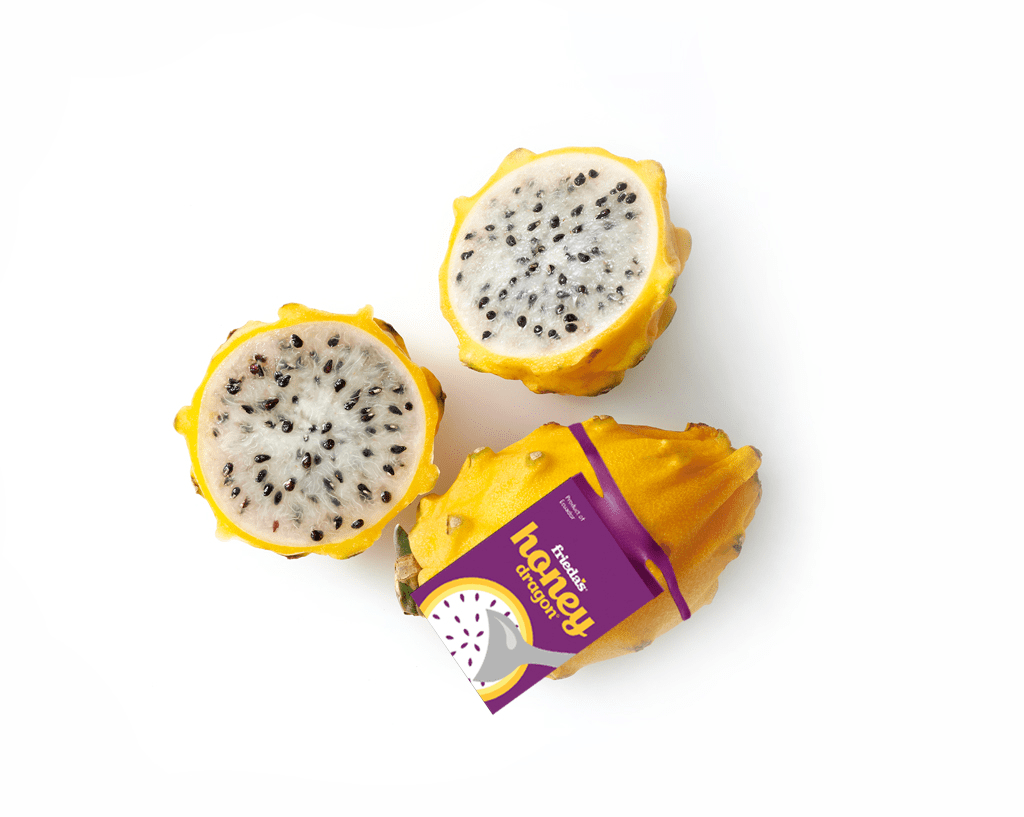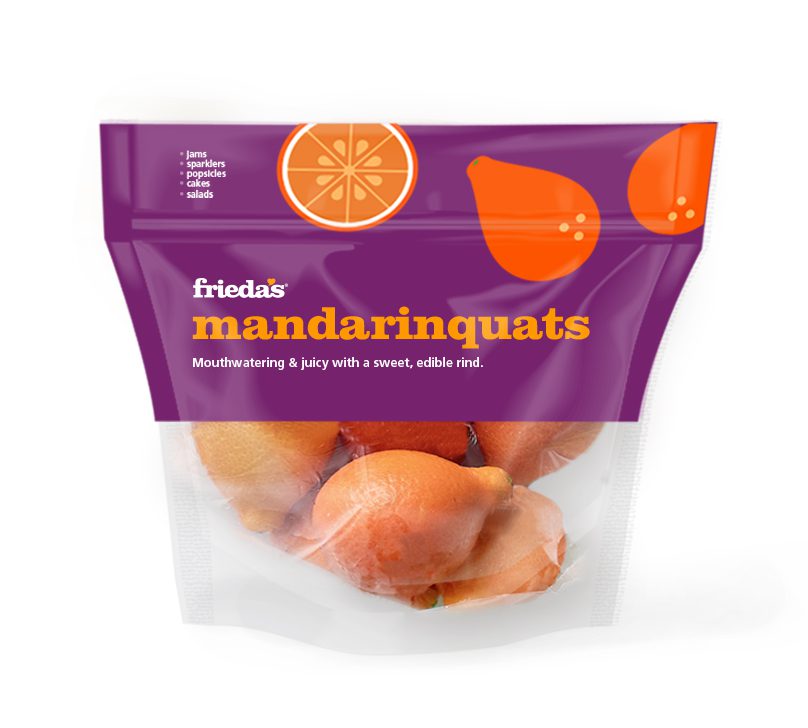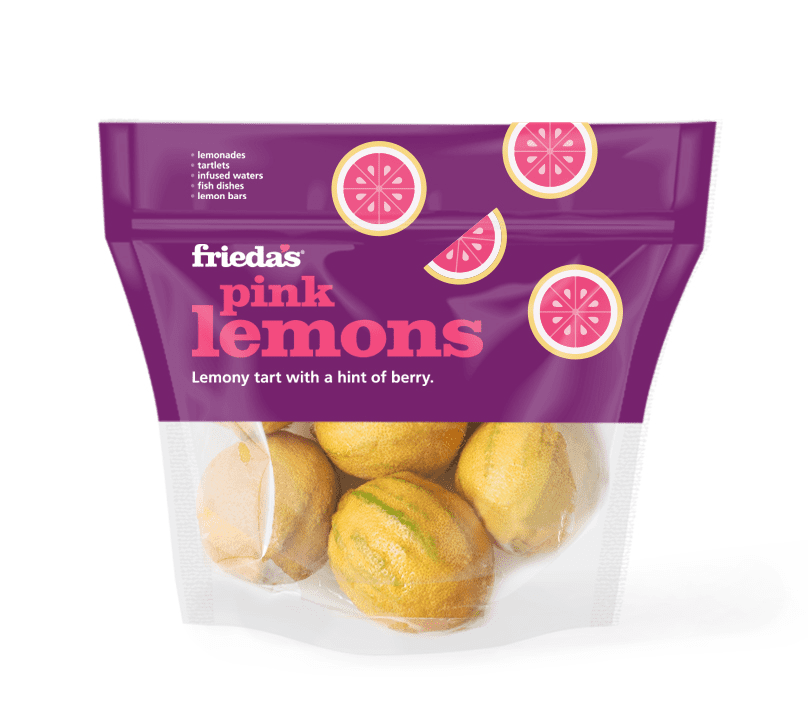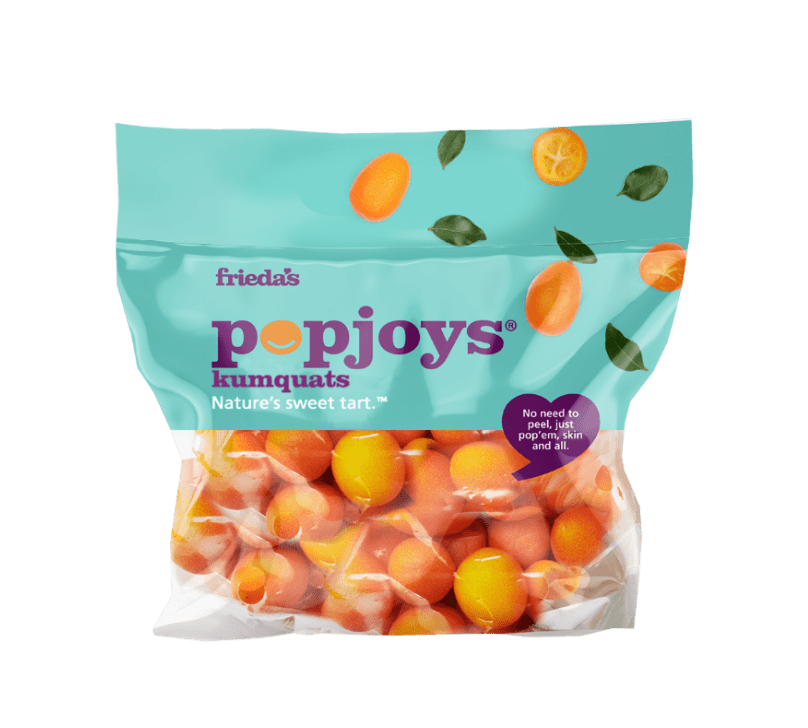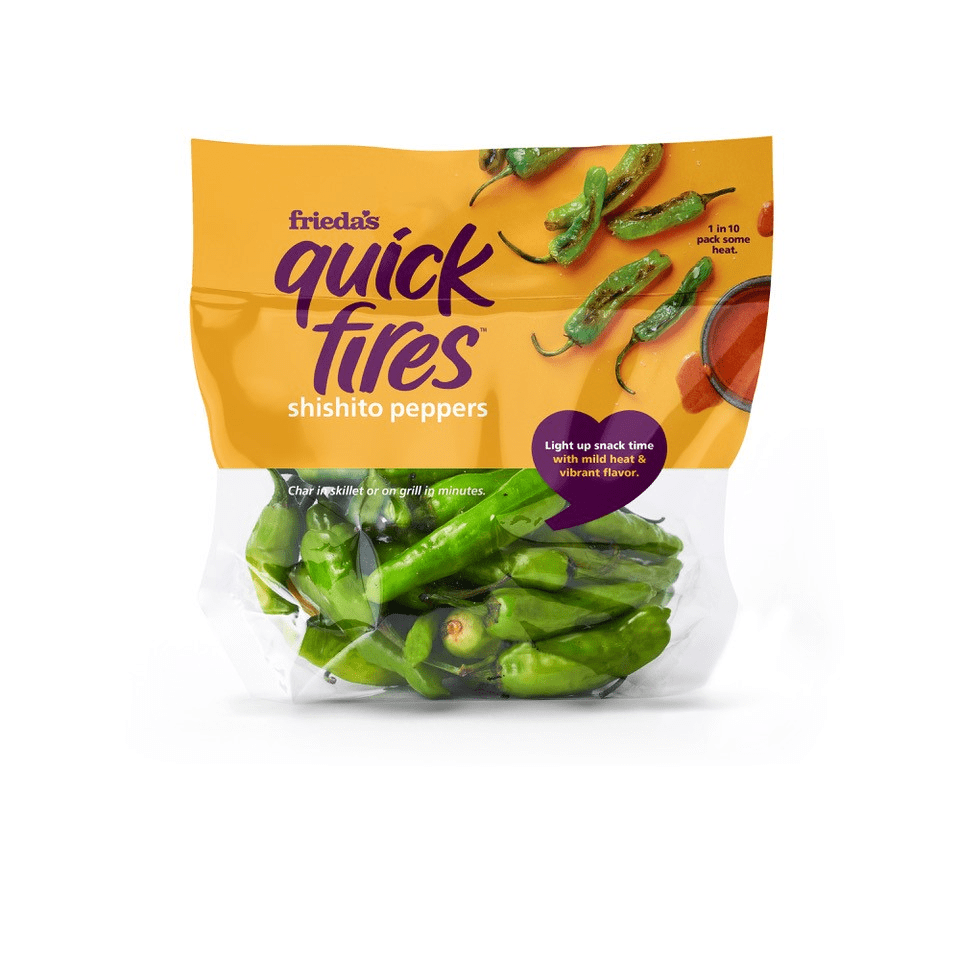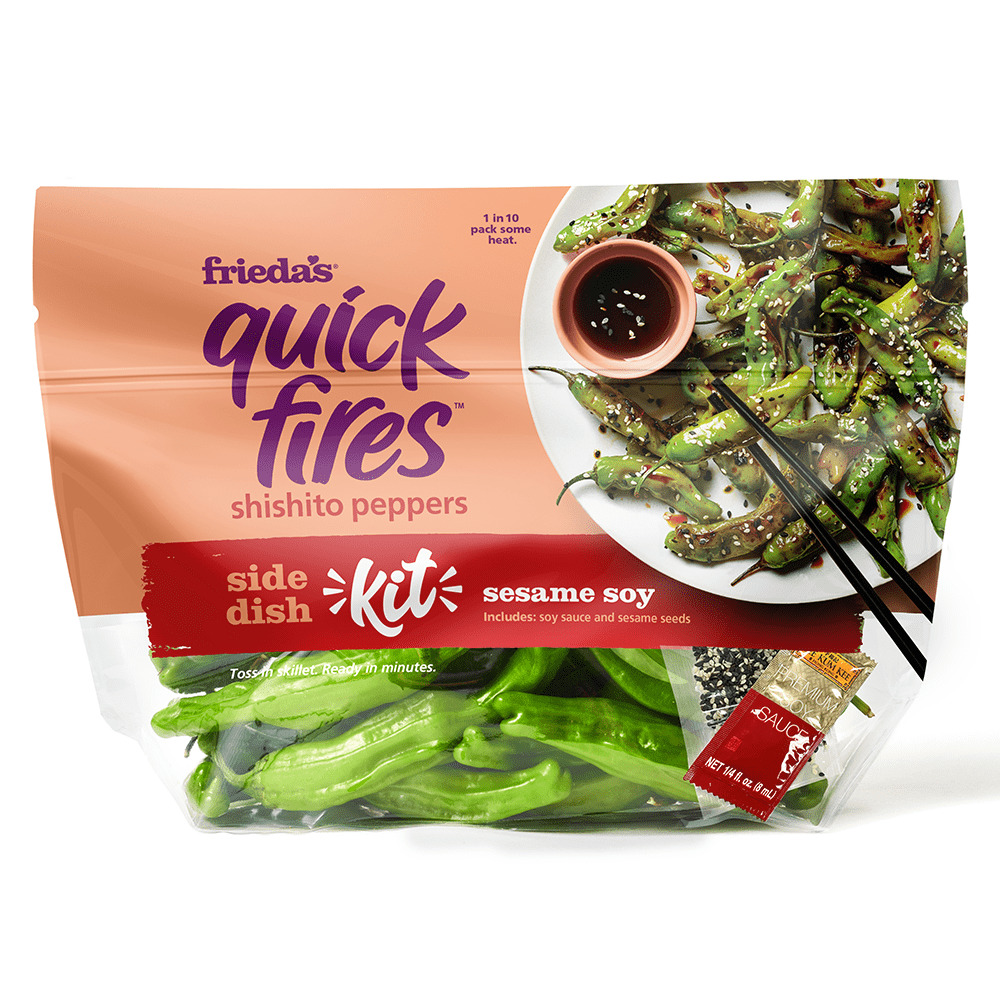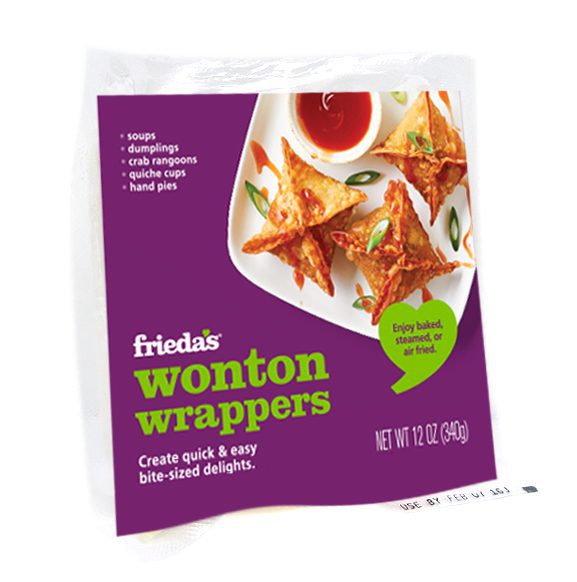It’s an auspicious week.
At sundown on Wednesday, September 20, the Jewish New Year, Rosh Hashanah, will begin. The celebration of the Jewish New Year is observed for 10 days and will culminate with the Day of Atonement, Yom Kippur, starting at sundown on Friday, September 29, and ending the next day. Right in the middle is the autumnal equinox in the Northern Hemisphere on September 22. That is the day that the daylight and night hours are virtually equal.
Several traditions surround the Jewish New Year.
One of my favorites is the tradition to try a new fruit in the new year. That tradition is never more evident than in New York and Los Angeles, where large neighborhoods of Jewish consumers clamor to buy the weirdest and most unusual fruits they can to help bring in the new year. My company, of course, has great fun with this, as we ship huge truckloads of exotic fruits to New York City every year in anticipation of the holiday shopping rush. Last year, the Wall Street Journal even did a story on this, including this video.
This year, some of the top sellers have been:
Jackfruit Dragon Fruit Cactus Pear Kumquats Kiwano (Horned Melon) Cape GooseberriesAnother tradition is that those 10 days between Rosh Hashanah and Yom Kippur are a time for reflection and forgiveness. I always interpreted it to be the time to reconcile any differences or disagreements and to settle any issues with friends, family, or coworkers. Even if you’re not Jewish, it’s a great time to make peace and settle any issues and make amends.
Yom Kippur, the Day of Atonement, is a day of fasting, so Jews around the world choose to take the time from sundown to sundown to be humbled and appreciate all the suffering and sacrifice that our ancestors went through during difficult times. Even if we are not able to fast completely, many of us spend the day at our temples or in a quiet place. My favorite part of the day is the break-the-fast dinner, usually hosted at a friend’s house. We all bring our favorite dishes and break bread together. It’s the perfect way to finish the celebration of the new year—with close family and friends.
Autumnal equinox is a special time as well. It signals the official beginning of fall, when the leaves outside are turning from green to orange and red. We decorate our homes with dried corn and gourds, and the weather cools down. With cooler weather, we start baking squash in the oven and cooking root vegetables for meals, instead of serving spring and summer asparagus, and cold salads.
Even when you walk into your produce department, you’ll see the difference. Produce managers across the country do their fall resets right after Labor Day, building big displays of hard-shelled squash; peaches and nectarines are replaced with even bigger displays of apples and pears.
As you enjoy this time of year, whether you are officially celebrating the Jewish New Year of 5778 or just want an excuse to try some new fruits, it’s a great time to pause, reflect, and set your intentions for a time of prosperity, peace, and friendship.
L ’Shanah Tova (that’s “for a good year” in Hebrew),
Karen





